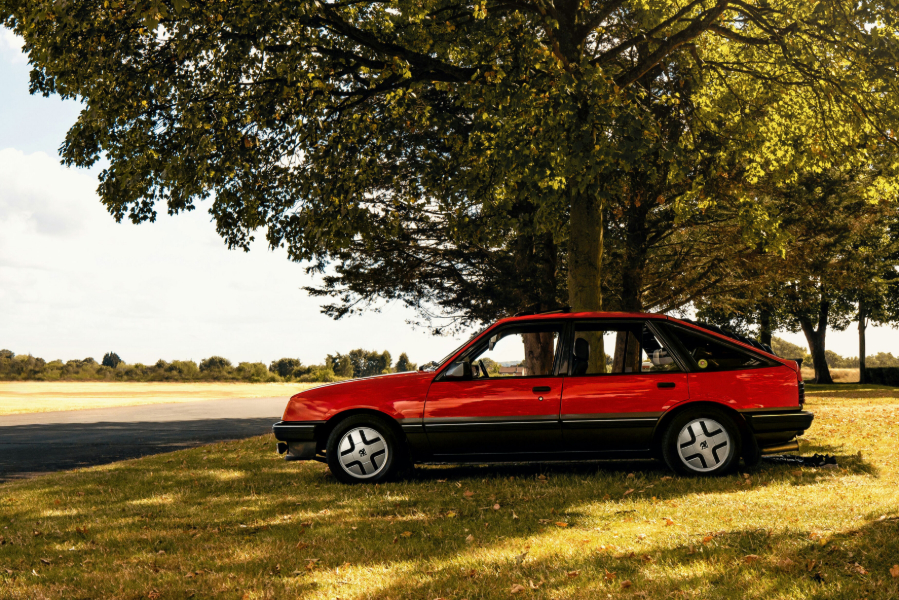- Classic car emissions per vehicle fall as more fuel-efficient technologies enter the sector
- On average, emissions have fallen by 16% per vehicle since 2013
- Number of classic vehicles on our roads has more than doubled in the last ten years, yet overall emissions have only risen by 34%
Classic car emissions are falling year-on-year as more modern, fuel-efficient vehicles achieve classic status. While the number of classics on our roads has more than doubled in the last 10 years, emissions from the sector as a whole have only increased by 34% since 2013, thanks to a 16% reduction in average emissions per vehicle.
There are now more classics on our roads than ever before. In 2013, there were 466,830 classic cars in the UK, but by the end of 2024 that figure had more than doubled to 1,056,919. The rate at which that figure has been rising has also doubled, with some 63,000 cars reaching the automotive equivalent of pensionable age last year alone.
Classic vehicle fuel economy is rising
However, as each year sees a new tranche of modern classics inducted into the category, they bring with them technologies such as fuel injection and electronic ignition that increase efficiency, as well as tighter manufacturing tolerances and innovations in engineering. These advances led to a 21% improvement in average fuel economy between 1978 and 1995, and that continues to pay dividends today.
A year’s classic motoring is equivalent to 1½ weeks’ household emissions
The result is that average annual CO2e emissions per car have fallen from 899kg in 2013 to 757kg last year, according to exclusive analysis by automotive communications agency loop. To put that in perspective, that means a year’s motoring in a typical classic car has roughly the same environmental impact as an average household’s emissions for a week and a half.
Total CO2e output from all classic cars reached 338,413 tonnes last year, up 34% since 2013, despite their numbers having doubled. In real terms, that means classics still contribute just 0.30% of the UK’s overall transport emissions.
Classic owners are using their cars more
Mileage travelled has the greatest impact on the sector’s overall emissions, and that changes with every year. After a period of decline, the average annual mileage travelled by classic car owners increased last year for the third year running. At 1,535 miles/pa, it is now back to the same levels as 2013.
But by taking mileage fluctuations out of the equation and assuming a consistent average of 1,200 miles a year, the picture becomes clearer to see – emissions per car are falling, while overall emissions are rising as the sector grows.
“Ten years ago, there were roughly 18,000 cars on our roads that were exactly 30 years old. Today there are nearly 70,000. In fact, there are now more 30 to 33-year-old cars than the total number of classics of any age a decade ago,” explained Alex Kefford, Head of Editorial at automotive communications agency loop.
“This influx of young-timers is having a positive impact on the classic sector’s overall emissions, as they bring greater fuel efficiency and tighter emissions controls with them, helping to offset what would otherwise have been a doubling in the environmental footprint of our motoring heritage.”
The analysis draws on years of data from official sources to track the footprint of the nation’s classic vehicle sector. For details of how we performed this analysis, please see our previous report: Quantifying Classic Car Emissions.
